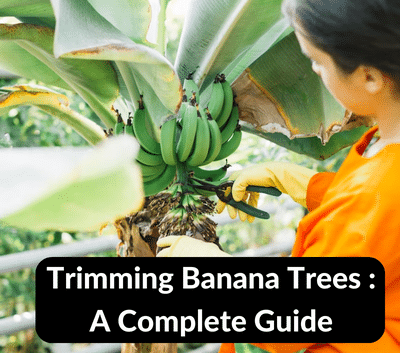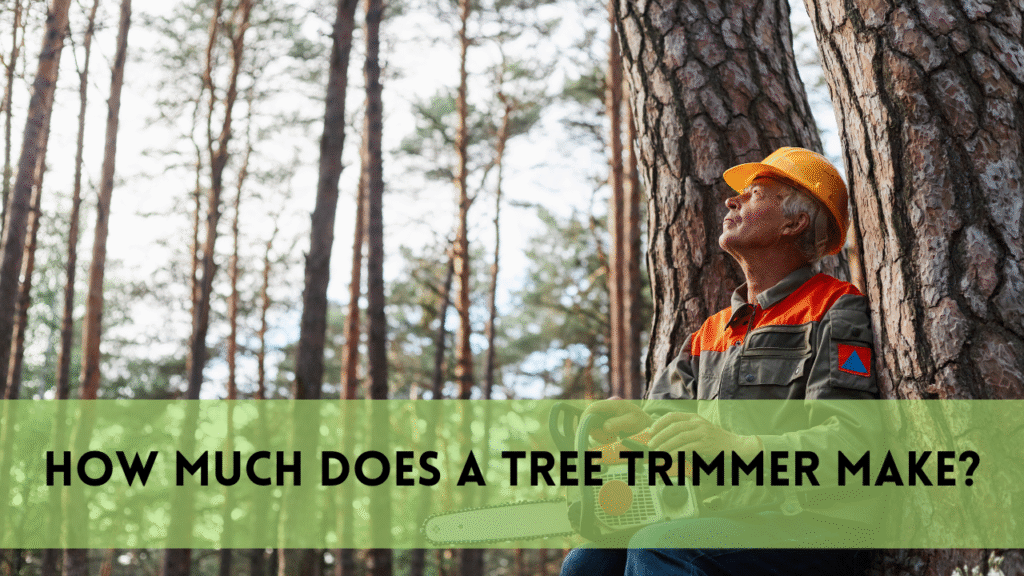When it comes to cultivating thriving banana trees, proper trimming plays a vital role. Not only does it enhance the tree’s appearance, but it also boosts its overall health and productivity. In this comprehensive guide, we will walk you through the step-by-step process to trim a banana tree, ensuring healthy growth and abundant fruit production. So, let’s dive in and learn how to prune those banana trees like a pro.
Table of Contents
I. Understanding the Basics of Banana Tree Anatomy:
Before embarking on the trimming journey, it’s crucial to understand the fundamental components of a banana tree. From the sturdy trunk to the broad leaves and the emergence of suckers, each part contributes to the tree’s growth. By identifying the main stem and distinguishing it from the suckers, you’ll be equipped with the knowledge necessary for efficient trimming.
II. Assessing the Need for Trimming:
Over time, banana trees can become overgrown, cluttered, and prone to disease if not properly maintained. By recognizing the signs that indicate a tree requires trimming, such as an overcrowded appearance, excessive foliage, or the presence of dead leaves, you can take timely action. Embrace the power of pruning to ensure your banana tree’s long-term vitality.
III. Essential Tools for Trimming:
Equipping yourself with the right tools is essential for a successful trimming session. Pruning shears, loppers, and protective gear, including gloves and goggles, are your trusty companions. These tools empower you to shape and maintain your banana tree effectively, ensuring both your safety and the tree’s well-being.
IV. Step-by-Step Guide to Trim a Banana Tree:
Preparing for the Trimming Process:
Before diving into the trimming process, gather your tools and don your protective gear. Choose a clear and dry day to ensure the best conditions for a successful trim.
Identifying the Suckers:
Like weeds competing for nutrients, suckers can hinder the growth and fruit production of your banana tree. Master the art of recognizing and differentiating them from the main stem. By removing excess suckers, you pave the way for your banana tree’s optimal development.
Trimming Dead or Diseased Leaves:
With a discerning eye, spot the dead or diseased leaves that impede your tree’s health and aesthetics. Gently remove these leaves to promote a healthier leaf canopy. Remember, healthy leaves are the lifeblood of a thriving banana tree.
Pruning the Main Stem:
Carefully approach the main stem and assess its height. Trim it to an appropriate level, considering the specific requirements of your banana tree variety. Pruning the main stem not only maintains a manageable height but also stimulates growth and maximizes fruit production.
Proper Disposal of Trimmings:
Ensure the proper disposal of the trimmings to maintain a tidy and eco-friendly gardening practice. Composting or recycling the trimmings contributes to a sustainable approach to tree care.
V. Aftercare and Maintenance Tips:
Once you’ve completed the trimming process, it’s essential to provide post-trim care to your banana tree. Adequate watering, timely fertilization, and vigilant monitoring for regrowth are crucial aspects of post-trimming maintenance. Regular inspections will help you identify any further trimming needs and ensure the continued health and vitality of your beloved banana tree.
Frequently Asked Questions
When should I cut back my banana tree?
To ensure healthy growth, trim your banana tree during late winter or early spring before new growth emerges. Prune away damaged or dead leaves, maintaining an optimal height for easy care and abundant fruiting.
Can I cut the top off the banana plant?
Yes, you can cut the top off a banana plant. This practice, called decapitation, encourages new growth and can be done during the growing season. Ensure clean tools and apply fungicide to the cut to prevent infections.
What is the best tool to cut banana trees?
A sharp, clean machete is the best tool to cut banana trees. Its long, sturdy blade allows for smooth cuts, reducing the risk of injury and ensuring precise pruning to promote healthy growth.
Conclusion:
Congratulations! You’ve now mastered the art of trimming a banana tree for optimal growth and productivity. By following this step-by-step guide, you can confidently shape your banana tree like a seasoned arborist. Remember, a well-trimmed banana tree not only enhances your landscape but also rewards you with an abundance of delicious fruits. So, grab your tools, put on your gardening gloves, and embark on a journey to promote the health and vitality of your banana trees. Happy trimming.




